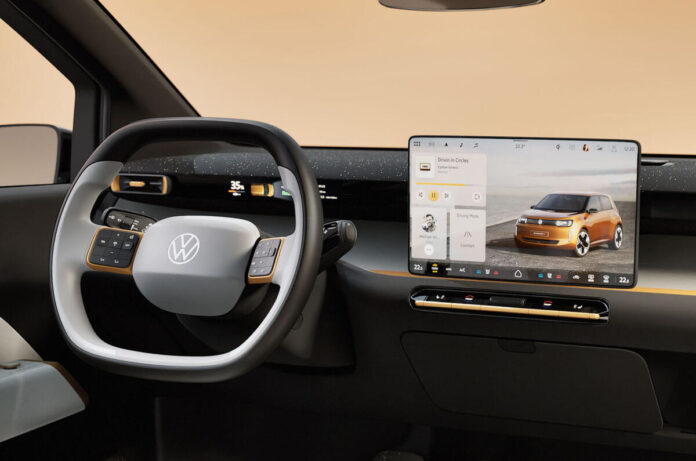Volkswagen is officially pressing pause on touch-only controls. After years of complaints and concerns over driver safety, the German automaker is going back to basics—with real, physical buttons.
Why It Matters
Over the last few years, automakers like Volkswagen jumped on the touchscreen trend. Sleek? Sure. But for many drivers, using touch controls while driving felt more like using a smartphone than piloting a car.
And now, Volkswagen is doing something rare in the auto world: admitting a mistake—and fixing it.
“We will never, ever make this mistake any more… It’s not a phone: it’s a car.”
— Andreas Mindt, Volkswagen Head of Design
What Went Wrong with Touch Controls?
Volkswagen’s move toward touch-sensitive dashboards looked cool, but it didn’t work out so well for real-world driving.
Drivers complained about:
- Slower, more frustrating interactions
- More distractions while on the road
- Hard-to-use sliders for volume and temperature
Key issues affected basic functions like:
- Volume adjustment
- Climate control
- Navigation and infotainment
Listening to Customers—and Making a Change
Volkswagen heard the feedback loud and clear.
Design chief Andreas Mindt acknowledged the problems and said future models will reintroduce physical buttons for the most important controls.
This includes:
- Volume and audio controls
- Heating/cooling for driver and passenger
- Fan speed
- Hazard lights
And yes—they’ll be placed right below the infotainment screen, where your fingers naturally go.
When Will the Change Happen?
The first model to showcase this shift is the Volkswagen ID.2all, an affordable electric vehicle expected in 2026.
But you won’t have to wait that long for button bliss.
Upcoming models with improved interiors:
- 2025 Volkswagen Jetta: Redesigned dash with tactile buttons
- 2025 Volkswagen Tiguan: A balance of modern tech and physical controls
A Bigger Industry Shift
Volkswagen isn’t the only one hitting the brakes on all-touch dashboards.
Other automakers responding to feedback include:
- Hyundai
- Kia
- BMW (for select models)
Plus, there’s regulatory pressure:
The European Union is expected to require some physical controls for cars to receive a top safety rating. That’s pushing automakers to rethink their approach.
Final Thoughts
Volkswagen’s decision to bring back physical controls is more than a design change—it’s a smart move that puts safety, usability, and customer experience first.
In a world of flashy screens and digital everything, it turns out that sometimes… old-school is better.
✅ Quick Recap
- Volkswagen is reintroducing physical buttons starting with the 2026 ID.2all
- Drivers found touch-only controls frustrating and distracting
- 2025 Jetta and Tiguan will feature improved interior layouts
- EU safety regulations are pushing the return of physical controls across the industry
Want more updates like this?
Subscribe to the RPMRev newsletter for the latest car news, reviews, and tech trends—delivered straight to your inbox.



